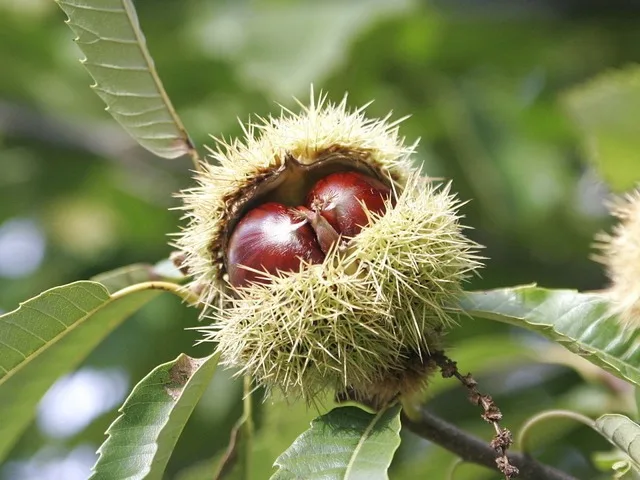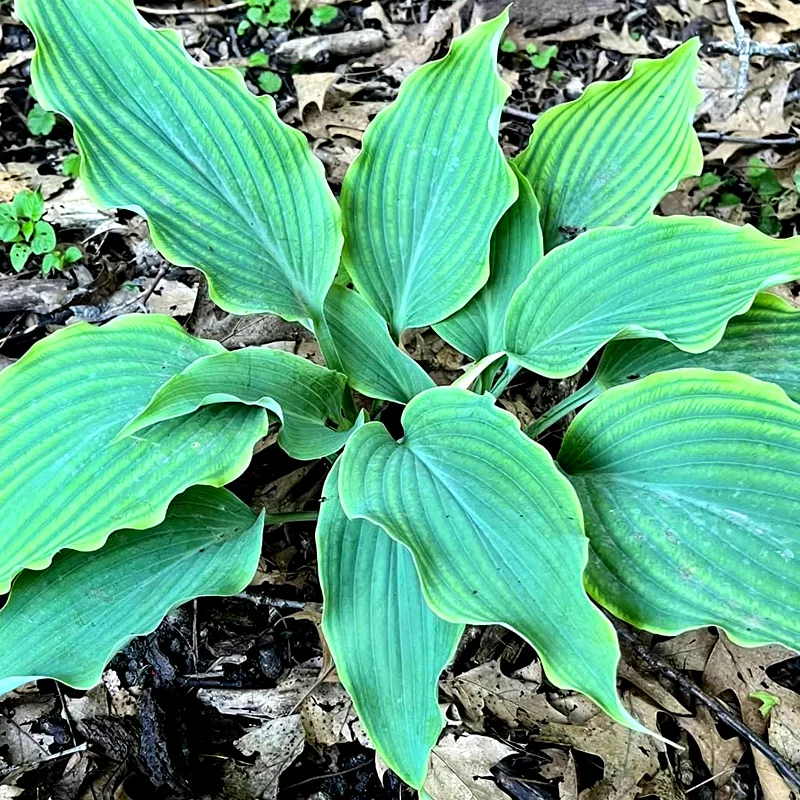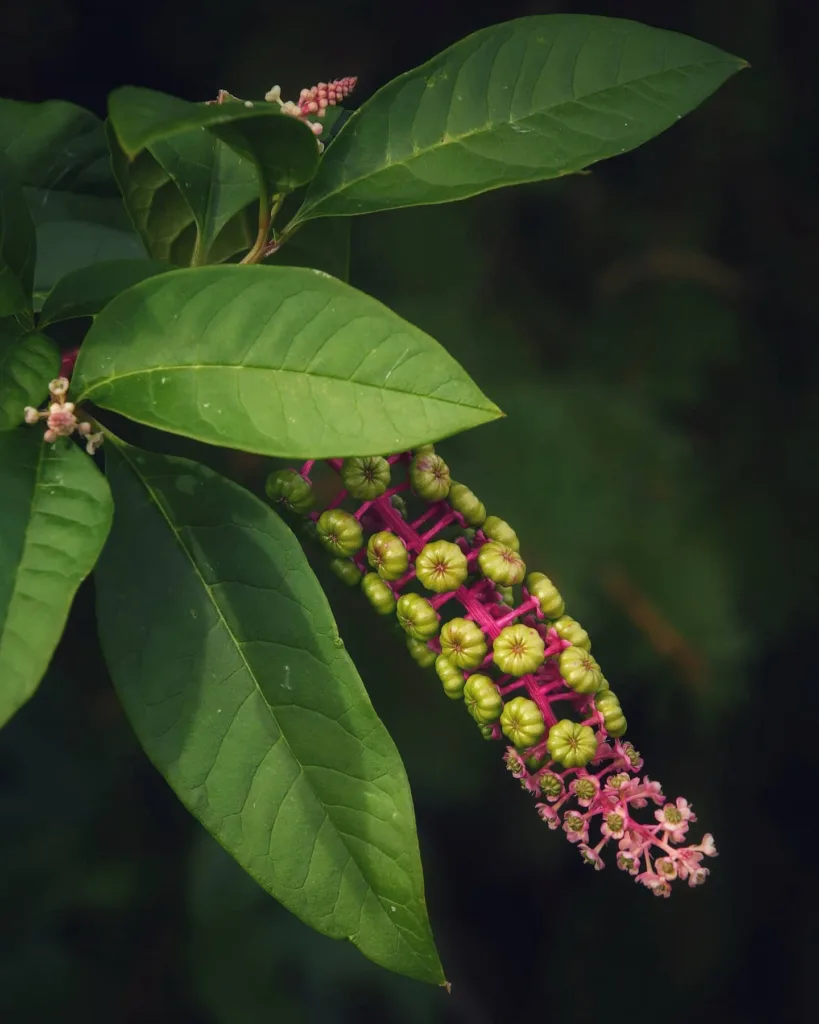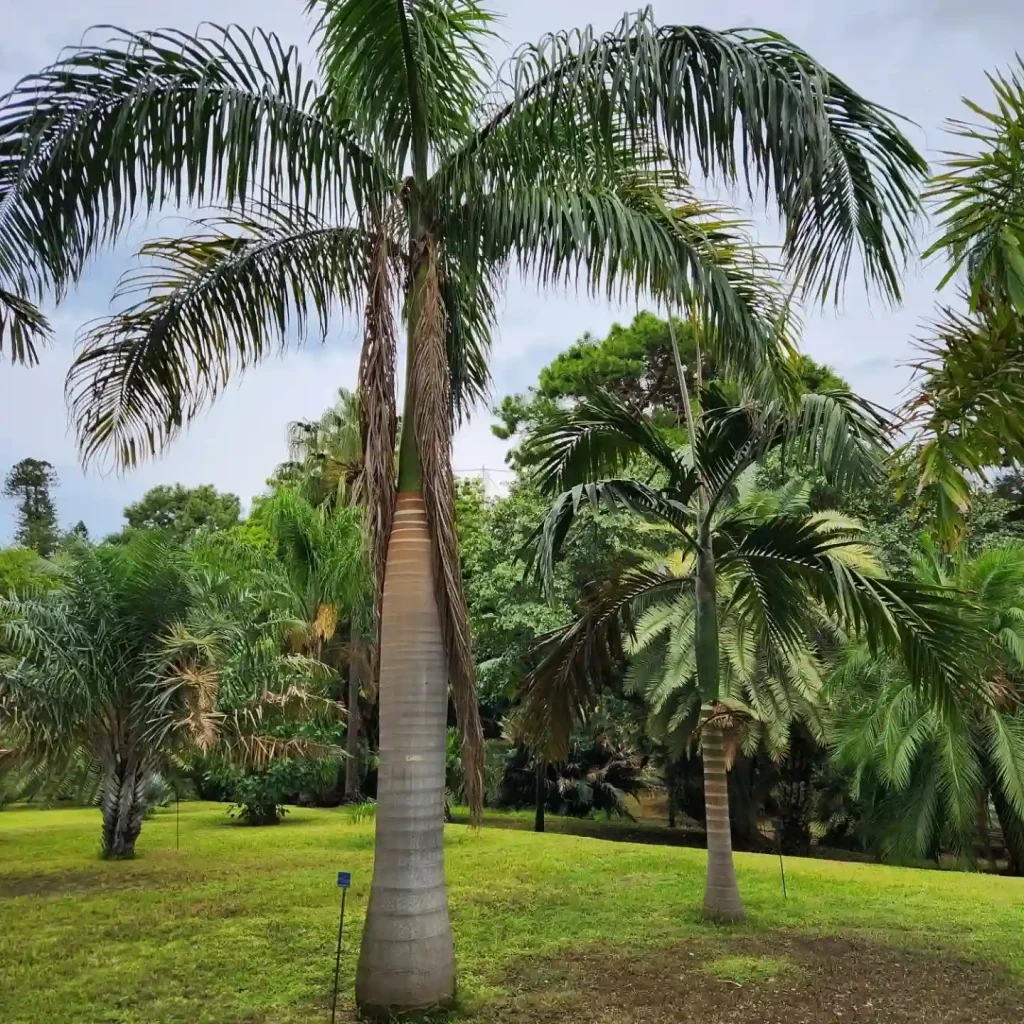Exploring the Unique Beauty of Osa Pulchra
In my ongoing journey as a plant enthusiast, few plants have captivated my attention quite like Osa Pulchra. This tropical gem, with its delicate, bell-shaped blooms and striking foliage, belongs to the lesser-known genus Osa, within the Rubiaceae family, which also includes coffee. Known for its exotic allure, Osa Pulchra adds a unique flair to any collection, setting itself apart from other flowering plants with its pure white blossoms and glossy green leaves.
A Rare Beauty: Origins and Habitat
One of the things that drew me to Osa Pulchra is its rarity and somewhat mysterious nature. Native to Costa Rica, this plant is seldom seen outside its tropical habitat, thriving primarily in the warm, humid forests of Central America. It typically grows as an understory shrub, benefiting from the dappled light that filters through the rainforest canopy.
In my experience, understanding a plant’s natural habitat is crucial for replicating the right conditions for it in cultivation. Osa Pulchra naturally thrives in a warm, moist environment, which makes it quite challenging to grow outside of tropical zones. Nevertheless, with the right setup, it can adapt beautifully to indoor settings or controlled greenhouse environments.
Distinctive Appearance and Appeal
At first glance, Osa Pulchra immediately stands out due to its elegant form. The plant has a slender, woody stem that supports lush, glossy leaves, giving it a sophisticated look even before it blooms. Each leaf is a deep green, with a subtle sheen that adds to the plant’s charm. But it’s the flowers that truly make Osa Pulchra memorable.
The blooms of Osa Pulchra are typically pure white, with a bell shape that hangs delicately from the stems, reminiscent of a small, refined bell. Each flower is around two inches long and emits a mild fragrance, adding a sensory layer to its beauty. The simplicity of the white petals against the dark green foliage creates an exquisite contrast that appeals to both seasoned collectors and newcomers alike.
Growing Osa Pulchra: Challenges and Rewards
Bringing Osa Pulchra into my collection was both exciting and a bit daunting. This plant has very specific care needs that must be met to thrive, particularly in terms of humidity, light, and temperature.
Light and Temperature
One of the first things I learned is that Osa Pulchra prefers indirect, filtered light. In its native environment, it grows beneath larger trees, which provides it with ample but diffused sunlight. Too much direct sunlight can scorch its leaves, so I place mine near a bright window with filtered curtains to replicate that gentle, tropical glow.
Temperature-wise, Osa Pulchra thrives between 65°F and 85°F (18°C to 29°C), making it ideal for indoor environments where these temperatures can be maintained consistently. This plant does not tolerate cold well, so I make sure to avoid exposing it to temperatures below 50°F (10°C).
Humidity and Watering
Humidity is essential for Osa Pulchra, as it naturally grows in the humid rainforests of Costa Rica. In my setup, I aim for a humidity level of around 70-80%, which may sound high, but it’s crucial to keeping the plant happy. Using a humidifier or placing it in a well-humidified room is a good way to maintain these conditions.
Watering is another delicate balance. While Osa Pulchra loves moisture, it also requires well-draining soil to prevent root rot. I use a mix of orchid bark, perlite, and peat moss to create a substrate that retains moisture but drains well. I water mine when the top inch of soil feels dry, making sure not to let it sit in soggy soil.
Fertilizing and Pruning
To keep Osa Pulchra at its best, a light feeding routine is beneficial. I use a balanced, water-soluble fertilizer every month during the growing season, but I dial back in winter to let it rest. Pruning is minimal since Osa Pulchra has a naturally compact growth habit, but I do remove any dead or damaged leaves to keep it looking fresh.
The Rewards of Growing Osa Pulchra
Growing Osa Pulchra has become one of the most rewarding parts of my plant journey. This plant isn’t just about its looks; it requires a commitment to care and attention that deepens my connection to it. Watching its buds slowly develop and open into those pristine white bells is a moment of pure joy—a reminder of why I fell in love with plants in the first place.
Another benefit is how Osa Pulchra serves as a talking point in my collection. Not many people are familiar with this species, so sharing its unique qualities and cultivation tips is always a pleasure. Its rarity and the effort required to grow it make it feel like a true accomplishment.
Conservation and Ethical Cultivation
An important aspect of keeping Osa Pulchra is understanding its conservation status. Because it’s native to such a specific environment, wild populations are potentially vulnerable to habitat loss and climate change. I make it a priority to source my plants ethically from reputable growers, ensuring they’re cultivated sustainably rather than harvested from the wild.
By supporting ethical growers, I can appreciate Osa Pulchra’s beauty in my home without impacting its natural populations. This plant is a wonderful reminder of the incredible biodiversity of our planet and the importance of preserving these unique species for future generations.
Final Thoughts
Adding Osa Pulchra to my collection has been a deeply enriching experience. Its elegant beauty and the careful attention it requires have only strengthened my passion for plant care. For anyone up for the challenge, Osa Pulchra offers not only an aesthetic reward but also a personal connection to one of nature’s rarer gems. As I continue to cultivate this plant, I look forward to learning more from it and sharing those insights with fellow plant lovers.
If i die, water my plants!



